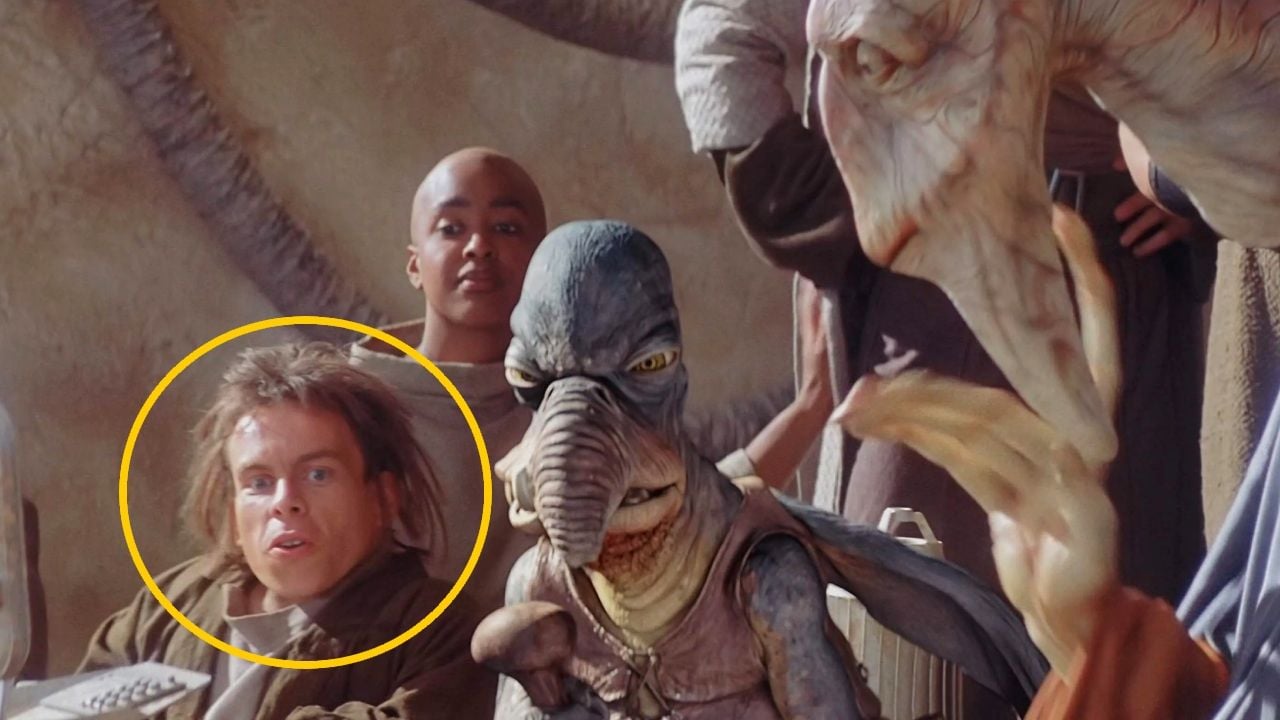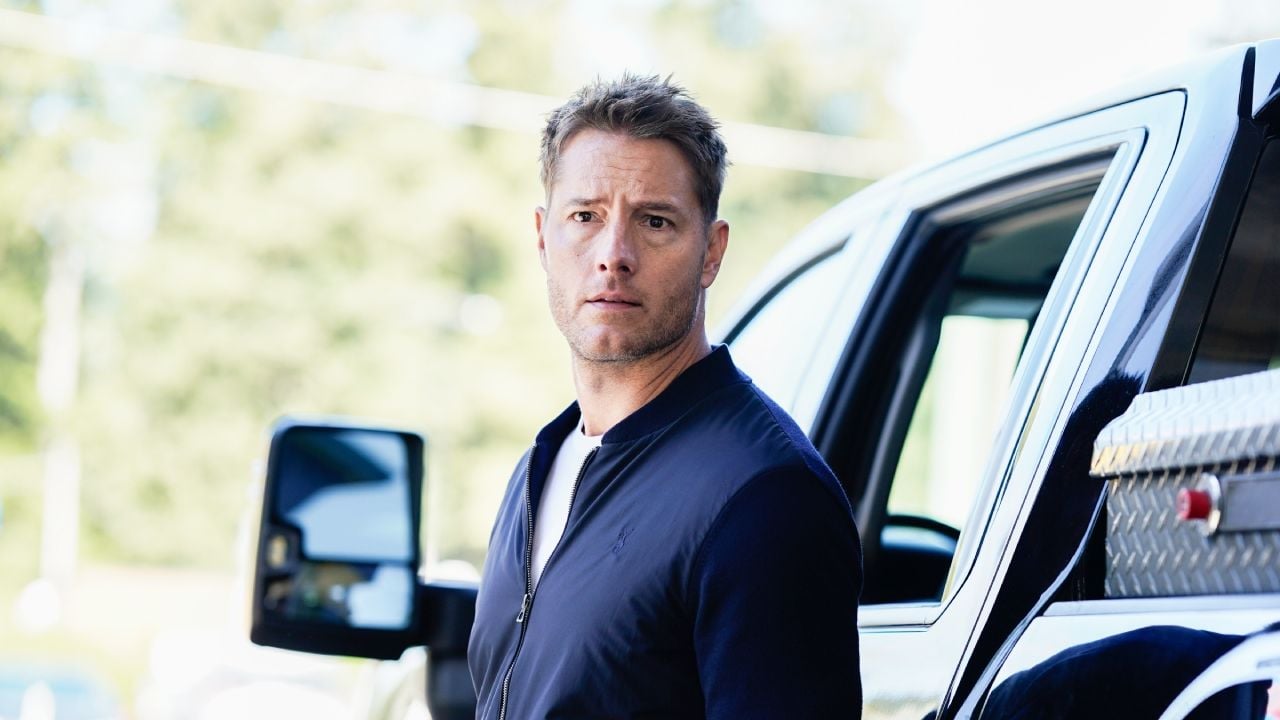The documentary series of sketches, now available on Disney +, depicts the design of some of Disney Studio’s greatest successes, giving voice to those who have made a direct contribution to creating the iconic characters of the famous company.
From the simple idea stage to the character development and animation behind the scenes of Disney’s biggest hits, there will be no more secrets for you thanks to this series of events! Our American correspondent was able to meet several personalities from Disney studios and even some legends!
Tell us about creating a cartoon character?
Samantha Wilfort (host): An interesting question. It is a collective effort that involves an army of talented people. In general, for me, who is in the writing department, I participate in all stages of film development.
The development period with the director (s) lasts about one or two years. For Encanto we have imagined many different characters with different approaches. It is from this stage that we begin to think about the actors for the interpretation of these characters. It is a difficult process to determine what, for example, a character like Mirabel Madrigal will eventually look like.
Then it is the animators who will bring the characters to life. Everyone finishes their own in it and brings a part of their personality into the project. There are 10 to 15 people in my department alone. About the same in the other sections. So you can imagine how many people are working on drawing a cartoon character. Is the enterprise of Pharaoh.
Mark Hann (Animator): Indeed, it takes an army of passionate and talented people to create a whole world in each cartoon. Really only at the end, when all these beautiful people were able to contribute to the project, we meet who is really this character that we created. Cult characters like Mirabel Madrigal or Simba show themselves at the end of the course, ready to live their adventures on the big screen. This is a truly magical moment.
Gene Kim (animator and character designer): This is a question that will take me a long time to answer considering how many people are working on any animation project. Sometimes this can take years. For Rapunzel we have been working for about ten years to complete these products. For each project, approximately 400 to 500 people are involved in its production.
Gaby Capill (Screenwriter): For my part, I’m an artist who focuses on stories. My work involves transforming a screenplay into a visual sequence, quickly processed, to better understand the cinematic aspect of the story and work. There are ten of us on my team. This is followed by a lengthy debate with the project manager (s) responsible for the project. As my colleagues have pointed out, this is truly a team effort that involves a lot of talent.
Mirabel Madrigal, the protagonist of the film Encanto.
What defines a Disney character?
Eric Goldberg (Host): I believe that Disney characters have unique personalities in the world. Like Walt Disney in its time, we treat each character as a completely unique individual, almost a living creature. Each character we create has to walk or talk in a different way from the other characters, and that, in my opinion, is exactly what characterizes a Disney character.
Hyun Min Lee (presenter): I think the audience should also be able to relate to these characters. People, especially young people, should be identified with cartoon characters. It’s also Walt Disney style. Be it a lion or even a flower, all the characters must be as human as possible in order for society to be able to identify themselves in one or the other. For example, in Aladdin we were often told that people’s favorite character was a magic carpet! The carpet that becomes the best friend of the community, he is still incredible. But it is only the result of the strong and unique personality that we have given him. It’s all about emotions, be it a magic carpet, a monkey or of course a human.
Eric Goldberg: I remember a journalist who, after seeing Aladdin, confided to his readers that acting on the carpet was much better than most Hollywood actors and especially Stephen Seagal! (Laughs) It pretty much sums up the strengths of the characters we create at Disney.

Do you think the animation industry has changed a lot in recent years?
Mark Hann: Absolutely! First we drew everything by hand, pencil and paper. Now we move on to the fully digital approach. We have become a studio specializing in computer animation. But from time to time we have to quickly draw, take pencils and sheets of paper.
Technology has changed, but the way it works, the different steps of making an animated film have remained the same. Everything we have learned in the past with 2D animation has been fully transferred to the 3D and digital world. It all starts with a few words on paper describing the sequence and then comes to the Samantha section, which should provide a more accurate description of what is happening on stage. He develops an idea, brings a “plus”.
The animators then, in turn, add items and add an extra “plus” to this more accurate view. All these “pluses” culminate in the sequence that we find in the film. This is a Disney tradition.
Eric Goldberg: What has not changed is that we have to invent ourselves every time we want to create a new character. Before the princess and the frog I never had an animated alligator playing the trumpet! And that was a real challenge. I had to learn all aspects of this animal to know which keys on the trumpet to play and I also had to call one of our colleagues who knew how to play it. The hardest part of animation is getting something that looks really realistic to us.
Source: allocine
Camila Luna is a writer at Gossipify, where she covers the latest movies and television series. With a passion for all things entertainment, Camila brings her unique perspective to her writing and offers readers an inside look at the industry. Camila is a graduate from the University of California, Los Angeles (UCLA) with a degree in English and is also a avid movie watcher.


![Tomorrow we belong to: What awaits you in the 2054 episode of Thursday on October 16, 2025 [SPOILERS] Tomorrow we belong to: What awaits you in the 2054 episode of Thursday on October 16, 2025 [SPOILERS]](https://fr.web.img6.acsta.net/img/3f/3b/3f3b56983d580fbe5136143378b45a29.jpg)




